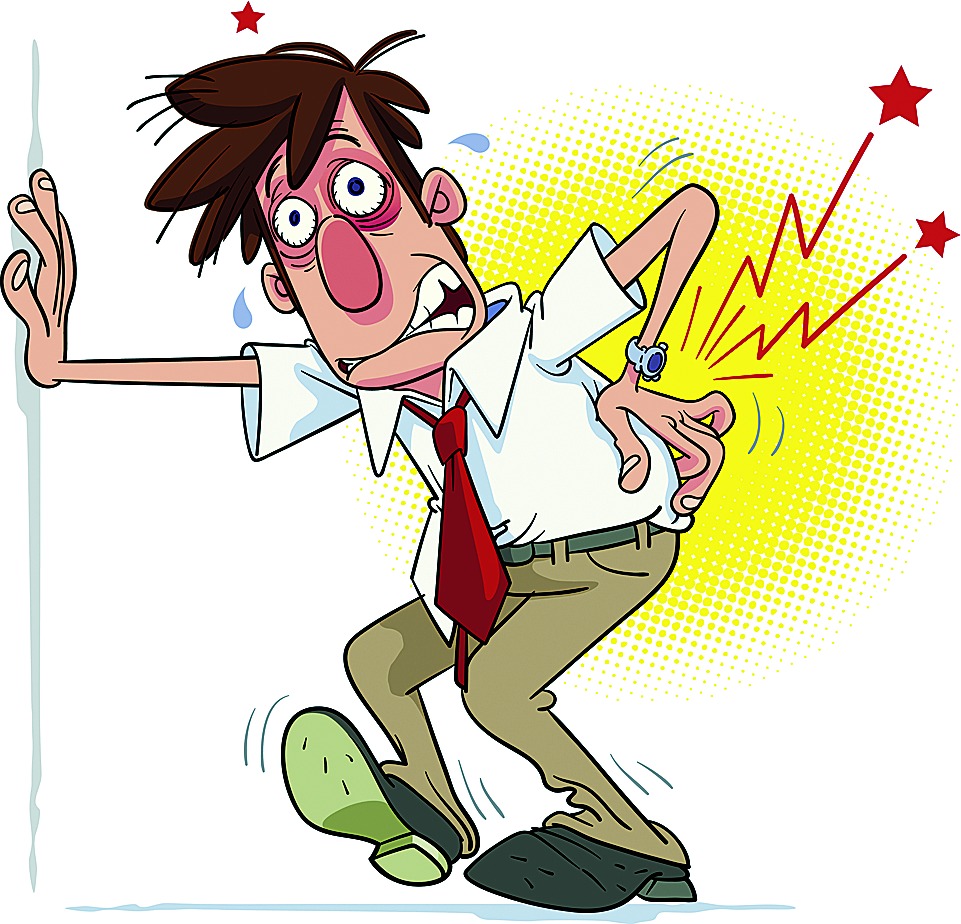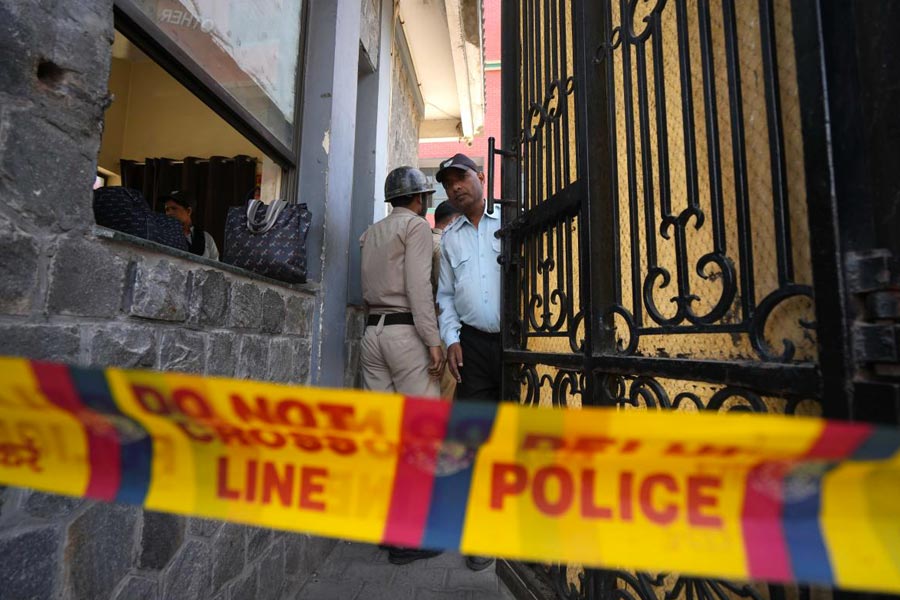Back ache, particularly pain in the lower back, affects 80 per cent of adults between the ages of 30 and 55. It is responsible for the maximum number of man-days lost all over the world. This means that productivity is affected at every level, from the labourer to the CEO.
Our spine is composed of vertebrae, little building blocks of bone stacked one on top of the other with cartilage "washers" called discs in between. They are held in place by ligaments and muscles running alongside the vertebrae.
As animals, we are meant to walk on all fours. As we evolved and adopted the gravity defying upright posture, tremendous stress was placed on our spine. This is further aggravated by obesity, weakness of the bones (osteoporosis) with age, poor posture at work and recreation (lying on a couch in front of the television), lack of exercise (weakening the muscles), jobs involving strenuous physical activity or lifting weights and tobacco use. Backache can be caused by conditions over which we have no control, like pregnancy, or a stressful job. As with all pain, backaches are aggravated by anxiety and depression.

A backache is acute if it lasts for less than three months and chronic if it is longer. Once a backache occurs, rest should be taken for no longer than 2-3 days. At that time, a capsaicin containing ointment can be applied followed by ice packs. Heat should not be applied for the first three days. Paracetemol or ibuprofen can be taken. Rest for longer than three days is counterproductive. Muscles become weaker after disuse so eventual recovery takes longer.
If there is no improvement after three days, consult a doctor. If the backache is accompanied by fever, swelling, blisters, weakness, pain or tingling in the limbs or loss of bladder and bowel control, see a doctor immediately.
Tests are ordered to evaluate backache as diagnosis is difficult with just a physical exam. X-rays can show fractures or problems with the alignment of the vertebrae. An exact diagnosis for suspected disc, nerve, tendon, and soft tissue problems usually requires further imaging with CT or MRI. Blood tests are needed to evaluate infections. If a tumour is suspected, a bone scan may be needed. Weakness of muscles can be evaluated with EMG (electromyography).
Most backaches respond well to physiotherapy. Pain relief is combined with exercises to improve flexion and strengthen the back and abdominal muscles. Epidural injections of steroids or local anaesthetics can be given. Very rarely surgery may be needed.
Prevent backache
• Use footwear that fits properly; avoid high heels
• Shed excess weight; maintain ideal weight
• All bags (laptop, office bag) should have padded straps and be placed over both shoulders. Any other weights should be consciously alternated between the two shoulders and arms
• If work involves standing for long periods, alternate the weight on the legs by placing them one at a time on a platform or stool
• Take calcium supplements regularly.
Dr Gita Mathai is a paediatrician with a family practice at Vellore and author of Staying Healthy in Modern India. Questions on health issues may be emailed to her at yourhealthgm@yahoo.co.in










